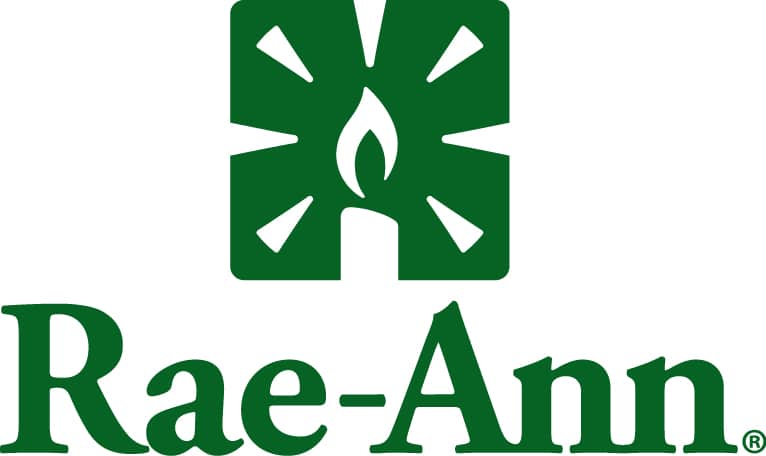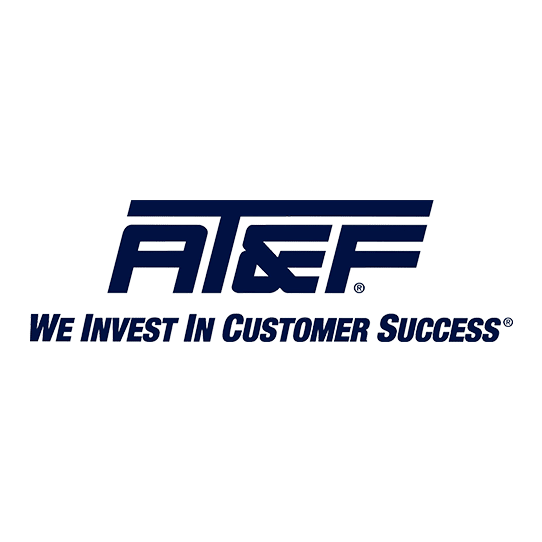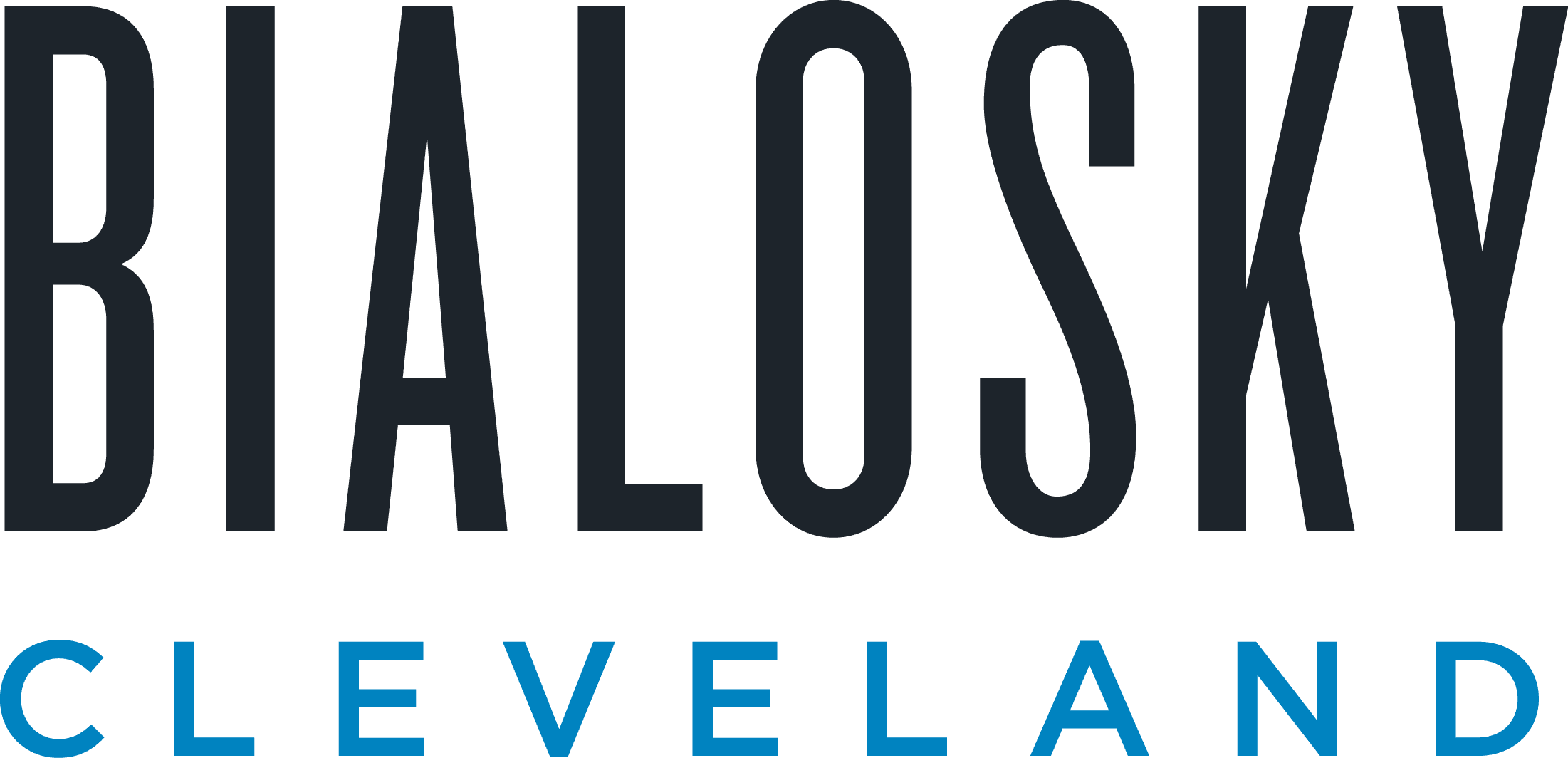Reduce your 2022 tax liability
It has been quite a year — high inflation, rising interest rates, and a bear stock market. While there’s not a lot you can do about any of these financial factors, you may have some control over how your federal tax bill for the year turns out. Here are some strategies to consider executing before year-end that may reduce your 2022 or future tax liability.
1. Convert your traditional IRA to a Roth IRA
The down stock market could make this an especially lucrative time to convert all or some of the funds in a traditional pre-tax IRA to an after-tax Roth IRA. Although you must pay income tax on the amount converted in 2022, Roth accounts hold some significant advantages over their traditional counterparts.
Unlike traditional IRAs, for example, Roths aren’t subject to required minimum distributions (RMDs). The funds in a Roth will appreciate tax-free. Qualified future distributions also will be tax-free, which will pay off if you’re subject to higher tax rates at that time, whether due to RMDs or other income.
How does the poorly performing stock market incentivize a Roth conversion? If your traditional IRA contains stocks or mutual funds that have lost significant value, you can convert more shares than you could if they were worth more, for the same amount of tax liability.
Roth conversions are also advisable if you have lower income and therefore are in a lower tax bracket this year. Perhaps you lost your job at the end of 2021 and didn’t resume working until this past summer, or you’re retired but not yet receiving Social Security payments. You may be able to save by converting before the end of the year.
Currently, you can use a Roth conversion as a workaround for the income limits on your ability to contribute to Roth IRAs — what’s known as a backdoor Roth IRA — because converted funds aren’t treated as contributions. But be aware that, if you’re under age 59½, you can’t access the transferred funds without penalty.
Further, be aware that a Roth conversion will likely increase your adjusted gross income (AGI). As such, it could affect your eligibility for tax breaks that phase out based on AGI or modified adjusted gross income (MAGI).
2. Defer or accelerate income and deductions
A common tax reduction technique is to defer income into the next year and accelerate deductions into the current year. Doing so can allow you to make the most of tax breaks that phase out based on income (such as the IRA contribution deduction, child tax credits, and education tax credits). If you’re self-employed, for example, you might delay issuing invoices until late December (increasing the odds they won’t be paid until 2023) and make equipment purchases in December, rather than January (assuming you use cash-basis accounting).
On the other hand, you might want to defer deductions and accelerate income if you expect to land in a higher tax bracket in the future. You can accelerate income by, for example, realizing deferred compensation, exercising stock options, recognizing capital gains, or engaging in a Roth conversion.
High-income individuals should think about income deferral from the perspective of the 3.8% net investment income tax (NIIT), too. The NIIT kicks in when MAGI is more than $200,000 for single and head of household filers, $250,000 for married filing jointly, and $125,000 for married filing separately. Deferring investment income could mean escaping that potentially hefty tax bite.
3. Manage your itemized deductions wisely
Accelerating deductions generally is helpful only if you itemize your deductions, of course. If you don’t think you’ll qualify to itemize, think about “bunching” itemized deductions so that they exceed the standard deduction (in 2022, $12,950 for single filers, $25,900 for married filing jointly, and $19,400 for heads of household). If you claim itemized deductions this year and the standard deduction next year, you could end up with a larger two-year total deduction than if you took the standard deduction both years.
Potential expenses ripe for bunching include medical and dental expenses (if you qualify to deduct eligible expenses that exceed 7.5% of your AGI), charitable contributions, and state and local tax (SALT). For example, you could get dental services before year-end, make your 2022 and 2023 charitable donations in December of this year, and pre-pay property taxes due next year, if possible.
The deduction for SALT-like property tax generally is subject to a $10,000 cap. Check, though, to determine if you might be able to take advantage of a pass-through entity (PTE) tax. More than two dozen states and New York City have enacted these laws, which permit a PTE to pay state tax at the entity level, rather than the individual taxpayer level. PTEs aren’t subject to a federal limit on SALT deductions.
4. Give to charity
The AGI limit for deductible cash donations has returned to 60% of AGI for 2022. But the possibility for substantial savings from making a charitable donation remains. For example, if you donate appreciated assets that you’ve held for at least one year, you can deduct their fair market value and avoid income tax on the amount of appreciation if you itemize.
A qualified charitable distribution (QCD) from your IRA may confer tax benefits. Taxpayers who are aged 70½ years or older can make a direct transfer of up to $100,000 per year from their IRAs to a qualified charity — and exclude the transferred amount from their gross income. (Note that transfers to a donor-advised fund or supporting organization don’t qualify). If you’re age 72 or older, a QCD can count toward your RMDs, as well.
You also may want to explore establishing a donor-advised fund. You can set it up and contribute assets in 2022 to claim a deduction for this year while delaying your selection of the recipient charity and the actual contribution until 2023.
5. Harvest your capital losses
This is another way to leverage the poor market performance in 2022 — selling off your investments that have lost value to offset any capital gains. If your capital losses exceed your capital gains, you can deduct up to $3,000 ($1,500 for married filing separately) a year from your ordinary income and carry forward any remaining excess indefinitely.
You could further maximize the benefit of loss harvesting by donating the proceeds from the sale to charity. You’ll offset realized gains while boosting your charitable contribution deduction (subject to AGI limitations on the charitable contribution deduction).
Take heed of the wash rule, though. It says you can’t write off losses if you acquire “substantially identical” securities within 30 days before or after the sale.
Act now
For assistance with year-end tax planning, contact your Barnes Wendling CPAs advisor.
Listen to our Better Business with Barnes podcast to learn more about tax planning for the future here.
© 2022
Related Insights

Featured Client Testimonials
BW is a true partner to us. Their knowledge, expertise, and service are a valuable resource to us and play an important role in our success!
John Allen - Vice President of Finance, Kaufman Container

Featured Client Testimonials
I appreciate the exceptional tax advice we received over the years. The (BW team) has a good grasp of our business needs. Thank you for your excellent service.
John Griffiths - Owner, Rae Ann, Inc.

Featured Client Testimonials
The BW team has been fantastic to work with; both the team member at our office as well as at the partner level. Any issues or concerns are handled very efficiently and effectively.
Kelley Needham - Chief Executive Officer, Epilepsy Association

Featured Client Testimonials
Barnes Wendling has been our company accountants for over seven years. Their knowledge has been instrumental in helping us grow strategically during this time. And although we’ve seen many changes in our economy that we cannot control, we’ve always been able to trust the Barnes team to be by our side. The Barnes team feels like family. We can’t thank them enough for their support!
Christine Kloss - Controller, AT&F

Featured Client Testimonials
Barnes Wendling has been our company accountants for over 15 years. During this time, the business has grown exceptionally, and Barnes has kept pace, providing accurate, quality advice. Our finances are more efficient than ever, and the expense of hiring Barnes has been a definite positive add to our bottom line. I give my highest recommendation to their firm.
David Miller, MD - President, Retina Associates of Cleveland

Featured Client Testimonials
Barnes Wendling has provided us guidance and recommendations that have strategically helped strengthen our business and position ourselves for growth. We needed to hire a new VP of Finance and Controller this past year, and they were instrumental in helping us find the best candidates for our company.
Sara Blankenship - President, Kaufman Container

Featured Client Testimonials
We value the trust, accuracy of information, and reliability of Barnes Wendling and Mike Essenmacher personally. Mike has been instrumental as a trusted advisor on accounting, tax, and personnel issues. His advice is always accurate, and he is very reliable. His associates are also very talented.
Dominic Ozanne - President and CEO, Ozanne Construction Company

Featured Client Testimonials
We value Barnes Wendling’s expertise with all things accounting so we can operate our business using our strengths and allowing them to be our experts. They have also brought me a few business sale opportunities to allow me to grow my assets.
John Gaydosh - President and Metallurgical Engineer, Ohio Metallurgical Service

Featured Client Testimonials
Barnes Wendling (especially Lena) did a great job with our financials. Everything. It is extremely refreshing and comforting to know that all of our numbers are not only correct, but they are in the right place(s). Your diligence and reporting truly does make me (personally) feel better.
Thomas Adomaitis - Controller, Bialosky Cleveland

Featured Client Testimonials
I can wholeheartedly tell you that I have yet to work with an audit or tax team that have been more helpful, easy to work with, and committed than the team at Barnes Wendling- I have been through three different firms in the last few years.
Michelle Saylor, Former Controller, Aero Mag

Featured Client Testimonials
Floyd Trouten at Barnes Wendling CPAs is an “expert’s expert” when it comes to M & A accounting. Not only does he understand the evolving details of the Tax Code but he also sees the fine points of their application for owners, managers, investors, and financiers.
Mark A. Filippell, Western Reserve Partners

Featured Client Testimonials
The service is amazing at Barnes Wendling CPAs. The benefit is worth more than the cost. Sometimes it’s true that you get what you pay for.
Mark Boucher - Former Owner, Castle Heating & Air






